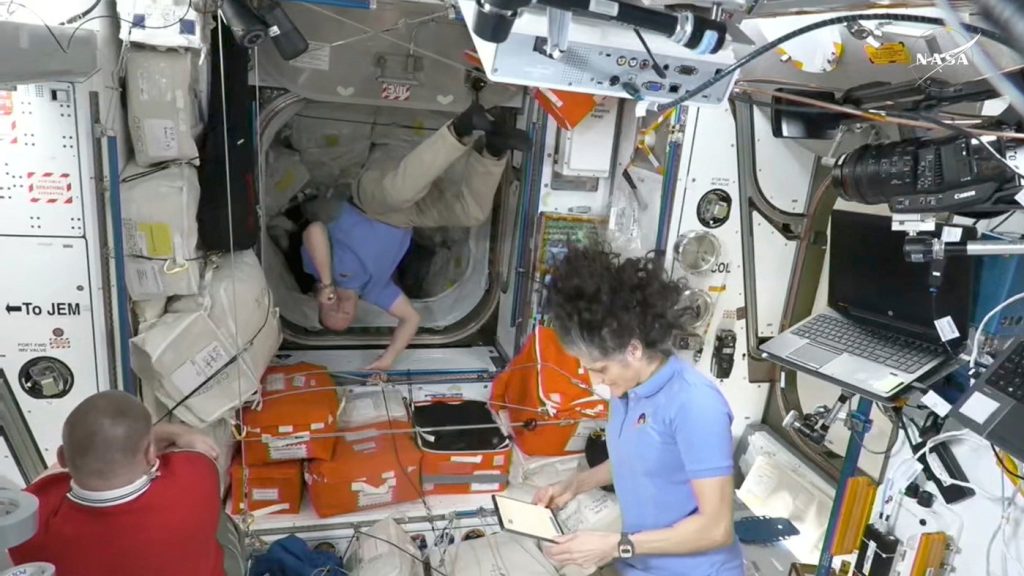Almost all roads to space begin in Cape Canaveral, where the journey of astronauts Butch Wilmore and Suni Williams took an unexpected turn. Marcia Dunn, a space writer for The Associated Press, recounted their remarkable story of mission complications, resilience, and their eventual return from the International Space Station (ISS).
Wilmore and Williams made history on June 5, 2024, as the first astronauts to fly aboard a Boeing Starliner capsule, embarking on what was intended to be an eight-day mission to the ISS. However, the mission took a drastic turn when they encountered thruster failures shortly after their successful launch from Cape Canaveral Space Force Station. The initial flight went smoothly, but shortly after they began docking procedures, helium leaks led to thruster malfunctions, putting their docking at risk.
Both Wilmore, a combat pilot, and Williams, a helicopter pilot, had to take manual control of the capsule to secure a safe docking at the ISS. Once on board, however, the engineers on the ground struggled to determine the cause of the issues plaguing the Starliner. As they worked to diagnose the problems, NASA opted to keep Wilmore and Williams at the ISS for an extended period, delaying their return until they were confident it was safe to fly home.
As the months went by, NASA ultimately decided that the Starliner was not safe for their return, instructing Boeing to bring back an empty capsule instead. SpaceX then became the designated transport for Wilmore and Williams, as they were left in orbit while waiting for a SpaceX crew to arrive. In September 2024, a SpaceX crew launched, but this flight was altered to accommodate the two astronauts, with seats intentionally left empty for their return. However, protocols required a crew transition, meaning Wilmore and Williams would stay in orbit until their replacements arrived.
Finally, on a recent Friday night, the new crew launched, and anticipation built as the astronauts aboard the ISS monitored the ascent. Wilmore and Williams, having been selected for their mission due to their military backgrounds and resilient spirits, maintained a positive outlook throughout the ordeal. Both expressed their commitment to their work, participating in various scientific experiments and even completing a spacewalk where Williams set a record for the most spacewalking time for a woman.
Despite the challenges, both astronauts frequently connected with their families through video calls. However, they acknowledged that the duration of their mission was tough on their loved ones. Wilmore has a wife and two daughters, with one entering college and the other finishing high school. Williams has a husband and two Labrador retrievers back home, as well as an elderly mother who worried about her prolonged absence.
When discussing the future, NASA plans for an overlap between the returning astronauts and their replacements to ensure a smooth transition. Wilmore and Williams will return to Earth aboard the SpaceX Dragon capsule that has been in orbit since September, splashing down off the Florida coast. Post-mission, they will receive the same treatment as astronauts who have spent longer periods in space, including restrictions on driving due to potential physical challenges after their extended stay.
Upon their anticipated return, the astronauts expressed excitement for simple pleasures; Williams looks forward to walking her dogs and swimming in the ocean, while Wilmore is eager to return to his ministry work in Houston, Texas. Their journey highlights not only the complexities of space travel but also the resilience and strength of the human spirit in facing unforeseen challenges.
As a significant chapter in NASA's space exploration efforts closes, the stories of Butch Wilmore and Suni Williams serve as reminders of the determination and adaptability required by those who venture beyond our planet.










